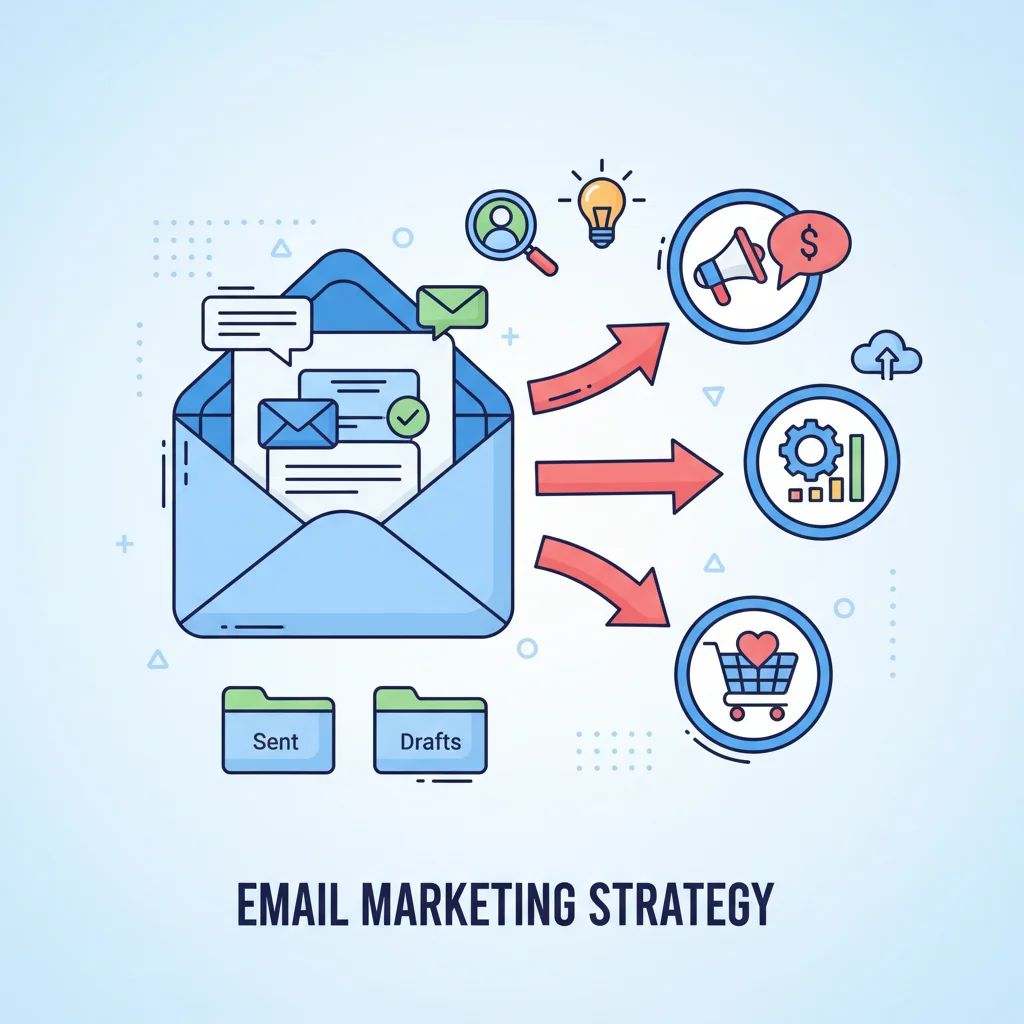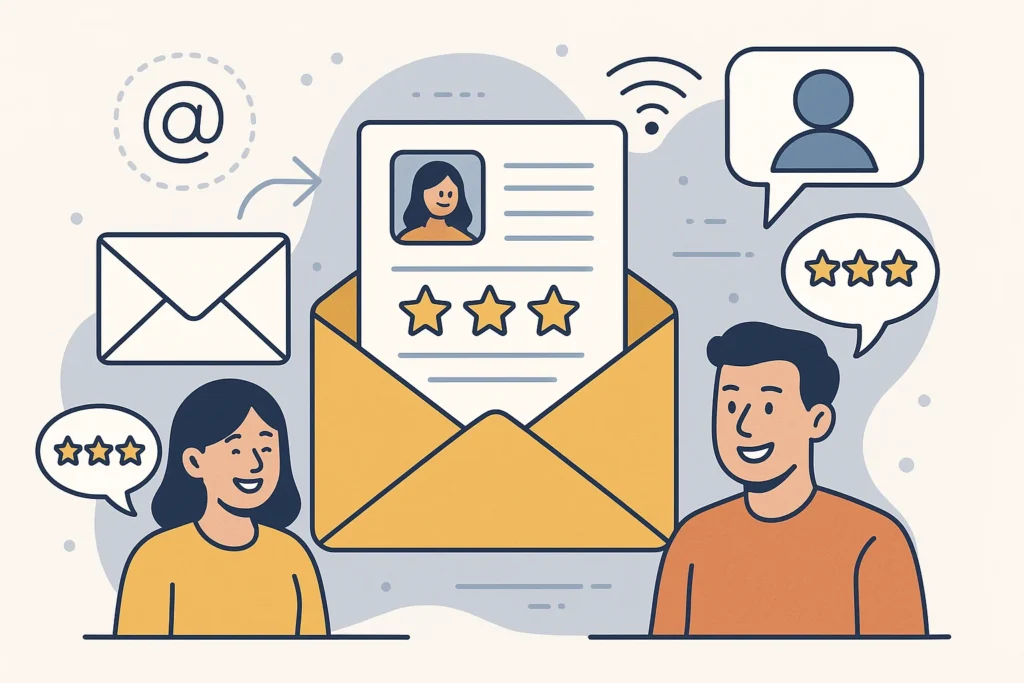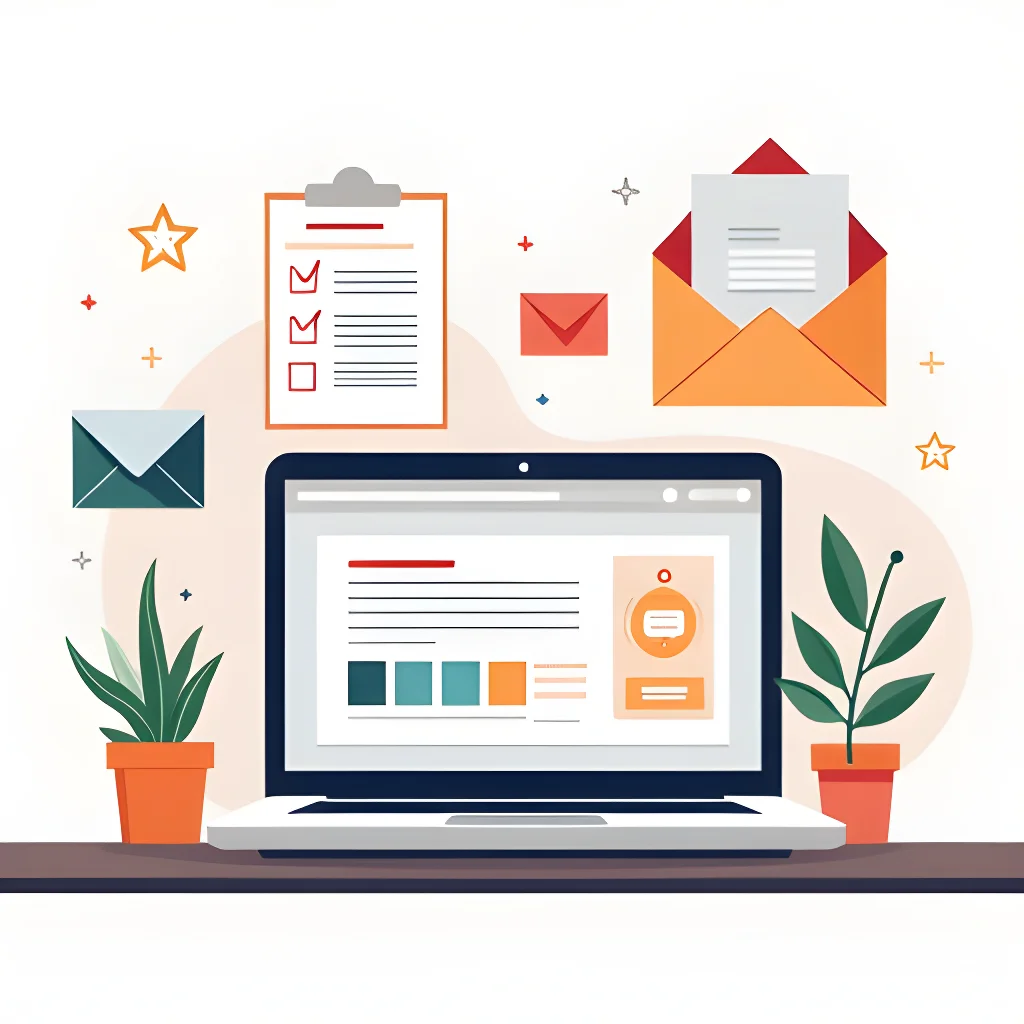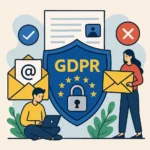Now Reading: 7 High-Converting Email Subject Line Writing Techniques the Pros Don’t Share
-
01
7 High-Converting Email Subject Line Writing Techniques the Pros Don’t Share
7 High-Converting Email Subject Line Writing Techniques the Pros Don’t Share
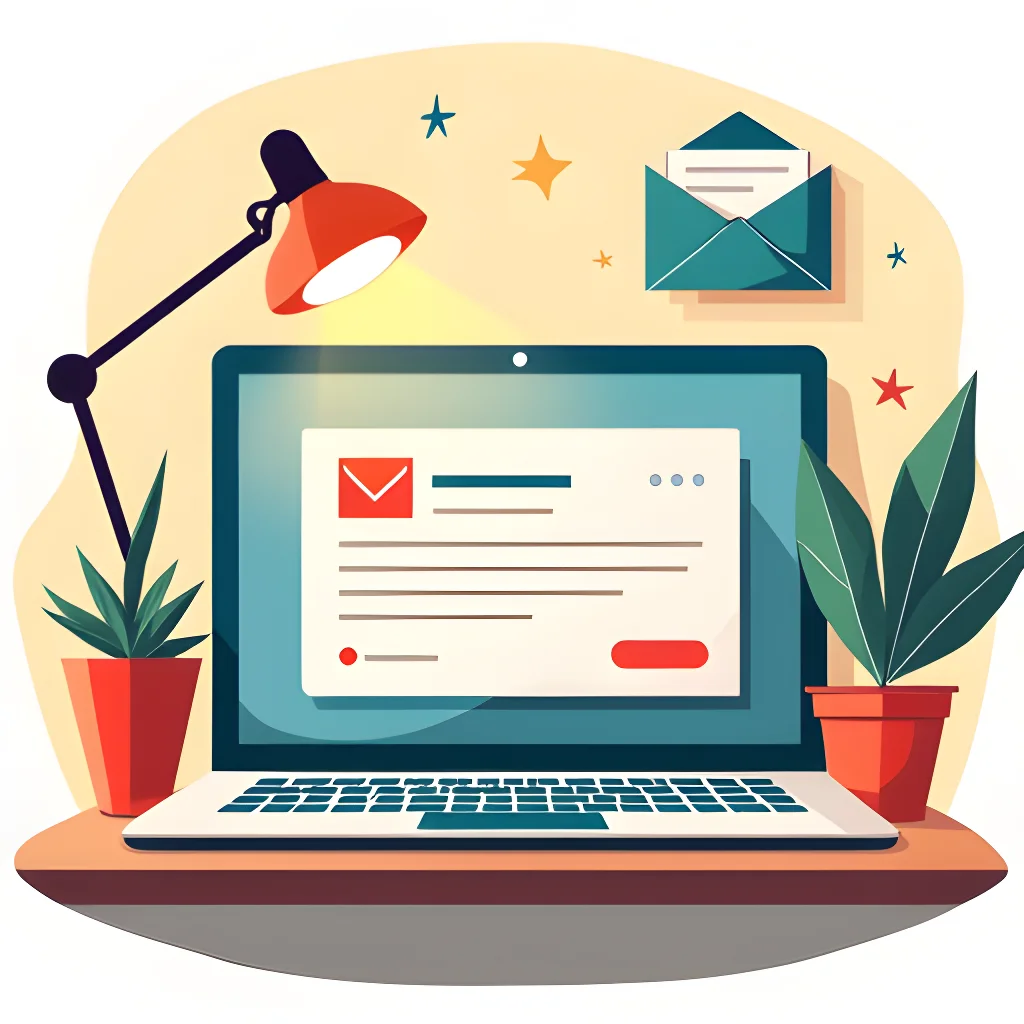
In a world where the average person receives 121 emails per day, your subject line is the gatekeeper to your message. High-converting email subject line writing techniques aren’t just nice-to-have skills—they’re essential for any marketer who wants their campaigns to succeed.
With 64% of people deciding whether to open an email based solely on the subject line, mastering these techniques can be the difference between campaign success and failure.
Think about it: you could craft the most compelling email content in the world, but if your subject line falls flat, no one will ever see it. That’s why understanding and implementing high-converting email subject line writing techniques is crucial for maximizing your email marketing ROI.
Key Takeaways
- Keep subject lines concise and compelling – Aim for 40-50 characters to ensure visibility on mobile devices
- Use personalization strategically – Including names or relevant details can increase open rates by up to 26%
- Create a sense of urgency or curiosity – Subject lines that trigger FOMO or intrigue see up to 22% higher open rates
- Incorporate action-oriented language – Start with strong verbs like “discover,” “unlock,” or “transform” to drive engagement
- A/B test consistently – Test different approaches to identify what resonates best with your specific audience
- Avoid spam triggers – Steer clear of excessive punctuation, all caps, and overtly promotional language
- Ensure relevance to email content – Subject lines should accurately reflect what recipients will find inside
Understanding The Psychology Behind Effective Email Subject Lines
The most high-converting email subject line writing techniques tap into fundamental aspects of human psychology. Understanding these principles gives you a significant advantage when crafting subject lines that compel opens.
The Power Of Curiosity
Our brains are wired to seek closure when presented with information gaps. When your subject line creates curiosity without giving everything away, recipients feel compelled to open the email to satisfy their need for completion. This is why subject lines like “The surprising truth about…” or “You won’t believe what we discovered…” can be so effective.
Digital Marketer’s subject line “Is this the hottest career in marketing?” exemplifies this technique perfectly. It poses a question that the target audience would naturally want answered, creating an information gap that can only be filled by opening the email.
Fear Of Missing Out (FOMO)
FOMO is a powerful psychological trigger that can significantly boost open rates. When people believe they might miss something valuable—whether it’s a limited-time offer, exclusive content, or a special opportunity—they’re more likely to take immediate action.
Subject lines that leverage FOMO often include elements of:
- Scarcity – Limited availability of something desirable
- Urgency – Limited time to take advantage of an offer
- Exclusivity – Access to something not available to everyone
JetBlue’s subject line “You’re missing out on points” is a perfect example of FOMO in action. It directly tells recipients they’re currently missing something valuable, triggering an immediate desire to open the email and rectify the situation.
The Personal Connection
Personalization works because humans are naturally self-interested. When we see our name or information relevant to us, we pay more attention. Research shows that personalized subject lines can increase open rates by up to 26%.
Beyond just including a recipient’s name, effective personalization can reference:
- Previous purchases or interactions
- Location-specific information
- Industry or role-specific content
- Behavioral data from website visits
Useful Articles:
Essential Elements Of High-Converting Email Subject Lines
Now that we understand the psychology, let’s examine the specific elements that make up high-converting email subject lines.
Optimal Length For Maximum Impact
While there’s no one-size-fits-all rule for subject line length, research consistently shows that shorter subject lines tend to perform better, especially with the growing percentage of emails opened on mobile devices.
The ideal length for email subject lines is generally between 40-50 characters. This ensures your message is fully visible on most devices without being truncated. However, what’s most important is that your subject line clearly communicates value in whatever length you choose.
For example, “Summer Savings: Up to 50% Off” is more effective than “Our Annual Summer Sale is Now Happening with Discounts Up to 50% Off Everything in Store.”
Personalization Techniques That Drive Opens
Personalization goes beyond just inserting a first name. The most effective personalization makes the recipient feel that the email was crafted specifically for them.
Some powerful personalization techniques include:
- Company-specific references – “Collaborating with [Company Name]” saw a 47.84% read rate in B2B campaigns
- Industry-specific language – “Exclusive Offer for University Professors: 50% off Your First Month”
- Behavior-based messaging – “Still thinking about that SEO course? Here’s 20% off”
- Location-specific offers – “Chicago foodies: Your weekend restaurant guide is here”
Action-Oriented Language That Compels Clicks
Starting your subject line with strong action verbs can significantly increase engagement. Action-oriented language creates a sense of momentum and clearly communicates what you want the recipient to do.
Effective action verbs to use in subject lines include:
- Discover
- Unlock
- Transform
- Join
- Claim
- Boost
- Maximize
Instead of “Information about our new features,” try “Discover how our new features can double your productivity.” The action-oriented version creates more excitement and clearly communicates the benefit.
Creating Urgency Without Being Spammy
Urgency can dramatically increase open rates, but there’s a fine line between effective urgency and spam-triggering language. The key is to create authentic urgency based on genuine limitations or timely opportunities.
Examples of effective urgency in subject lines:
- “Last day: Get free shipping on all orders”
- “Only 5 spots left for tomorrow’s webinar”
- “48 hours left to claim your bonus”
What makes these work is that they’re specific and believable. Vague urgency like “Act now!” or “Limited time offer!” feels manipulative and is less effective.
Proven Subject Line Formulas That Convert
Let’s explore specific formulas you can use to craft high-converting email subject lines.
The Curiosity Gap Formula
Structure: [Intriguing statement] + [Promise of revelation]
Examples:
- “This weird trick improved our conversion rate by 327%”
- “The email strategy most marketers get wrong”
- “What they don’t tell you about growing your list”
Why it works: This formula creates an information gap that can only be satisfied by opening the email. The key is to make the gap specific enough to be relevant but vague enough to require opening.
The Value Proposition Formula
Structure: [Specific benefit] + [Timeframe or ease]
Examples:
- “Double your website traffic in 30 days”
- “5 steps to perfect your pitch deck”
- “Grow your email list 10X faster with these 30 content upgrade ideas”
Why it works: This formula clearly communicates the specific value recipients will get from opening the email. It answers the “what’s in it for me?” question immediately.
The Problem-Solution Formula
Structure: [Common pain point] + [Hint at solution]
Examples:
- “Stop wasting money on ink”
- “Tired of low conversion rates? Try this instead”
- “Struggling with email deliverability? Here’s the fix”
Why it works: This formula connects directly with the recipient’s challenges and promises relief, creating an immediate personal relevance.
The Social Proof Formula
Structure: [Result] + [Social validation]
Examples:
- “How our customers are saving 5+ hours per week”
- “Join 10,000+ marketers who’ve mastered email automation”
- “See why Fortune 500 companies choose our platform”
Why it works: This formula leverages the power of social proof to build credibility and create FOMO.
Useful Articles:
Industry-Specific Subject Line Strategies
Different industries have different norms and expectations when it comes to email subject lines. Let’s look at some industry-specific strategies.
E-commerce And Retail
For e-commerce, product-focused and offer-driven subject lines tend to perform best. Specific discounts, limited-time offers, and product launches create urgency and clear value.
Effective strategies include:
- Specific discount amounts – “50% off your favorite styles” outperforms vague “Sale now on” messaging
- Product scarcity – “Only 5 left in your size” creates authentic urgency
- Cart abandonment reminders – “Your basket misses you – Enjoy 10% off to complete your purchase”
- New arrival announcements – “Just in: Spring collection now available”
B2B And Professional Services
B2B subject lines should focus on professional value, industry insights, and business outcomes. They generally perform better when more straightforward and value-focused than B2C counterparts.
Effective strategies include:
- Industry-specific pain points – “Solve your manufacturing bottlenecks with these 3 strategies”
- ROI-focused messaging – “How our clients achieved 267% ROI in 6 months”
- Professional development – “5 skills every marketing director needs in today’s landscape”
- Peer insights – “See how Company X streamlined their procurement process”
SaaS And Technology
For SaaS companies, focusing on specific features, use cases, and problem-solving capabilities tends to drive the best results.
Effective strategies include:
- Feature announcements – “New: Export your data in any format”
- Usage tips – “3 hidden features that will save you hours”
- Integration news – “Now integrates with your favorite tools”
- Success metrics – “How customers are saving 20+ hours per month”
Common Subject Line Mistakes To Avoid
Even the best marketers sometimes fall into these common subject line traps. Avoiding them will significantly improve your results.
Spam Trigger Words And Patterns
Certain words and patterns can trigger spam filters or create negative impressions with recipients. These include:
- Excessive punctuation – “Don’t miss this amazing offer!!!”
- ALL CAPS – “FREE SHIPPING ON ALL ORDERS”
- Dollar signs – “Make $$$$ working from home”
- Overpromising – “This will change your life forever”
- Vague urgency – “Act now before it’s too late”
Instead, focus on clear, specific language that accurately represents your offer without resorting to hype or manipulation.
Misleading Or Clickbait Subject Lines
While it might be tempting to use sensational subject lines to boost open rates, misleading recipients will damage trust and lead to higher unsubscribe rates and spam complaints.
Examples of misleading subject lines:
- Using “Re:” when it’s not actually a reply
- Promising content that isn’t delivered in the email
- Creating false urgency for non-time-sensitive offers
- Using “Fwd:” to imply the email was forwarded from someone else
Remember: the goal isn’t just to get opens—it’s to build trust and engagement over time.
Lack Of Relevance To Email Content
Your subject line should accurately represent what recipients will find when they open your email. When there’s a disconnect between the subject line and the content, recipients feel misled and are less likely to open future emails.
For example, if your subject line is “Your exclusive 50% discount inside” but the email only offers 10% off with a minimum purchase, recipients will feel deceived. Always ensure your subject line sets accurate expectations for the email content.
Useful Articles:
Advanced A/B Testing Strategies For Subject Lines
Consistent testing is the key to continuously improving your subject line performance. Here’s how to implement an effective testing program.
What Elements To Test
Rather than testing completely different subject lines against each other, focus on testing specific elements to gain actionable insights:
- Length – Short vs. long subject lines
- Personalization – With vs. without recipient’s name
- Emojis – With vs. without relevant emojis
- Question vs. statement – “Want to increase conversions?” vs. “How to increase conversions”
- Specific vs. vague – “50% off all shoes” vs. “Big sale on footwear”
- Urgency elements – With vs. without time limitations
How To Structure Meaningful Tests
For your tests to provide valuable insights:
- Test one variable at a time – Change only one element between versions
- Use large enough sample sizes – Aim for at least 1,000 recipients per variation
- Run tests for multiple campaigns – Patterns across campaigns provide more reliable insights
- Document your results – Keep a record of what works and what doesn’t
- Apply learnings to future campaigns – Use insights to refine your approach over time
Interpreting Results Beyond Open Rates
While open rates are important, they shouldn’t be your only metric. Also consider:
- Click-through rates – Do certain subject lines drive more engagement with the email content?
- Conversion rates – Which subject lines ultimately lead to more desired actions?
- Unsubscribe rates – Do certain approaches increase list attrition?
- Reply rates – For B2B especially, which subject lines generate more conversations?
Sometimes a subject line with a slightly lower open rate might actually perform better on these downstream metrics, making it the superior choice.
Optimizing Subject Lines For Different Devices And Platforms
With over 60% of emails now opened on mobile devices, optimizing for different viewing environments is crucial.
Mobile-First Subject Line Considerations
When optimizing for mobile:
- Keep it shorter – Mobile email clients typically show 30-40 characters
- Front-load important information – Put the most crucial words at the beginning
- Consider the preheader text – This can provide additional context
- Use simple, scannable language – Mobile users are often multitasking
Email Client-Specific Optimizations
Different email clients display subject lines differently:
- Gmail – Shows about 70 characters on desktop but truncates on mobile
- Outlook – Often shows only 40 characters in the desktop preview pane
- Apple Mail – Generally displays 50-60 characters on iPhone
When possible, segment your list by email client and customize subject lines accordingly for optimal visibility.
Seasonal And Timely Subject Line Strategies
Aligning your subject lines with current events, seasons, or timely topics can significantly boost relevance and engagement.
Holiday And Seasonal Approaches
Seasonal subject lines work because they connect with what’s already on recipients’ minds. Some effective approaches:
- Holiday-themed offers – “Your Black Friday early access starts now”
- Seasonal solutions – “Beat the summer heat with these cooling tips”
- Timely reminders – “Last chance for holiday delivery”
- Seasonal transitions – “Refresh your wardrobe for spring”
Trending Topics And Current Events
When appropriate for your brand, connecting with current events or trends can make your emails feel more relevant:
- Industry news – “How the new privacy regulations affect your marketing”
- Cultural moments – “Our take on the big game commercials”
- Trending topics – “Applying viral productivity hacks to your workflow”
Always ensure these connections are authentic and relevant to your brand and offering.
Personalization At Scale: Beyond Using First Names
While including a recipient’s name is a good start, true personalization goes much deeper.
Behavioral Personalization Techniques
Using recipient behavior to personalize subject lines creates highly relevant messaging:
- Browse-based – “Still interested in [a product they viewed]?”
- Purchase-based – “The perfect complement to your recent purchase”
- Engagement-based – “Since you enjoyed our guide on [topic], you’ll love this”
- Inactivity-based – “We miss you! Here’s what you’ve been missing”
Segmentation-Based Subject Line Strategies
Different segments of your audience may respond better to different subject line approaches:
- New subscribers – Focus on welcome and orientation
- Frequent purchasers – Emphasize loyalty and exclusive access
- Cart abandoners – Create urgency around completing purchases
- Re-engagement targets – Use curiosity and high-value offers
Tailoring your subject line strategy to these segments can significantly improve performance across your entire program.
Measuring And Improving Subject Line Performance Over Time
Continuous improvement requires systematic measurement and refinement.
Key Metrics Beyond Open Rates
While open rates are the most direct measure of subject line effectiveness, also track:
- Click-to-open rate (CTOR) – Percentage of openers who clicked, indicating how well the email content delivered on the subject line’s promise
- Conversion rate from open – How many openers completed your desired action
- Revenue per email sent – The ultimate measure of email effectiveness
- List health metrics – Unsubscribes, spam complaints, and inactive subscribers
Building A Subject Line Swipe File
Create a collection of high-performing subject lines from:
- Your own campaigns – Document what has worked best for your audience
- Competitor emails – Subscribe to competitor lists to see their approaches
- Best-in-class examples – Collect outstanding examples across industries
- A/B test winners – Keep a record of all your test winners
Regularly review this swipe file for inspiration when crafting new subject lines.
Mastering high-converting email subject line writing techniques is both an art and a science. By understanding the psychology behind effective subject lines, implementing proven formulas, avoiding common mistakes, and continuously testing and refining your approach, you can dramatically improve your email marketing results.


